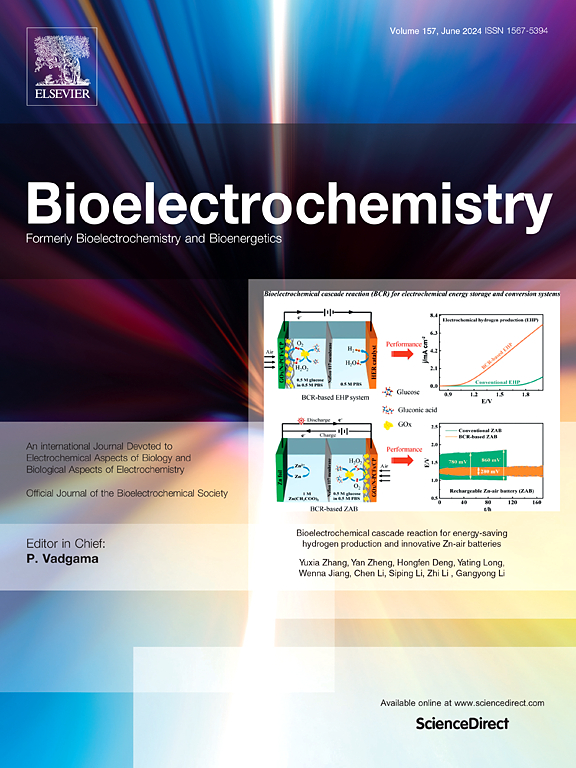雄性大鼠杏仁核和海马体对应激的易感性和恢复力的转录组学特征
IF 3.6
2区 医学
Q1 NEUROSCIENCES
引用次数: 0
摘要
创伤经历在人类和动物中引起广泛的认知反应,导致不同的结果,如表现增强、认知障碍或情绪和焦虑障碍的发展,如创伤后应激障碍(PTSD)。理解这些不同的反应的一个关键挑战是破译导致创伤恢复力或易感性个体差异的潜在生物学机制。本研究的目的是阐明这些差异的分子基础,重点研究杏仁核和海马体-大脑区域对应激反应的影响。我们将成年雄性大鼠暴露在急性、严重的压力源中,并在7天后对持续的焦虑样行为结果进行了分析。我们通过大量RNA测序研究了基底外侧杏仁核和海马齿状回的转录特征,这些转录特征来自具有应激恢复力或脆弱性行为结果的动物。我们的研究结果表明,基底外侧杏仁核和齿状回在急性严重应激后表现出明显的转录组变化。此外,我们确定了与胰岛素信号、神经可塑性和应激反应相关的特定区域依赖基因,这些基因与弹性和脆弱表型相关。值得注意的是,大量的基因将应激恢复动物与对照动物和应激易感动物分开,强调活跃的分子反应,特别是在海马体中,有助于保护动物免受严重应激的长期后果。这些发现为应激行为反应的个体差异机制提供了新的见解,并为应激性神经精神疾病的治疗提供了新的靶点。本文章由计算机程序翻译,如有差异,请以英文原文为准。

Transcriptomic profiles of susceptibility and resilience to stress in the amygdala and hippocampus of male rats
Traumatic experiences elicit a wide range of cognitive responses in both humans and animals, leading to diverse outcomes such as enhanced performance, cognitive impairment, or the development of mood and anxiety disorders like posttraumatic stress disorder (PTSD). A key challenge in understanding these varied responses is to decipher the underlying biological mechanisms that contribute to individual variability in trauma resilience or susceptibility. The purpose of this study was to elucidate the molecular bases for these differences, focusing on the amygdala and hippocampus—brain regions integral to stress responses. We exposed adult, male rats to an acute, severe stressor and profiled persistent anxiety-like behavior outcomes 7 days later. We investigated the transcriptional signatures in the basolateral amygdala and hippocampal dentate gyrus via bulk RNA sequencing from animals with behavioral outcomes indicative of stress resilience or vulnerability. Our results suggest that the basolateral amygdala and dentate gyrus display distinct transcriptomic changes following acute, severe stress. Furthermore, we identified specific region-dependent genes related to insulin signaling, neural plasticity, and stress responses that correlate with resilient and vulnerable phenotypes. Notably, a larger number of genes separated stress-resilient animals from both control and stress-susceptible animals, underscoring that an active molecular response, particularly in the hippocampus, facilitates protection from the long-term consequences of severe stress. These findings provide novel insight into the mechanisms that engender individual variability in the behavioral responses to stress and offer new targets for the advancement of therapies for stress-induced neuropsychiatric disorders.
求助全文
通过发布文献求助,成功后即可免费获取论文全文。
去求助
来源期刊

Neurobiology of Stress
Biochemistry, Genetics and Molecular Biology-Biochemistry
CiteScore
9.40
自引率
4.00%
发文量
74
审稿时长
48 days
期刊介绍:
Neurobiology of Stress is a multidisciplinary journal for the publication of original research and review articles on basic, translational and clinical research into stress and related disorders. It will focus on the impact of stress on the brain from cellular to behavioral functions and stress-related neuropsychiatric disorders (such as depression, trauma and anxiety). The translation of basic research findings into real-world applications will be a key aim of the journal.
Basic, translational and clinical research on the following topics as they relate to stress will be covered:
Molecular substrates and cell signaling,
Genetics and epigenetics,
Stress circuitry,
Structural and physiological plasticity,
Developmental Aspects,
Laboratory models of stress,
Neuroinflammation and pathology,
Memory and Cognition,
Motivational Processes,
Fear and Anxiety,
Stress-related neuropsychiatric disorders (including depression, PTSD, substance abuse),
Neuropsychopharmacology.
 求助内容:
求助内容: 应助结果提醒方式:
应助结果提醒方式:


